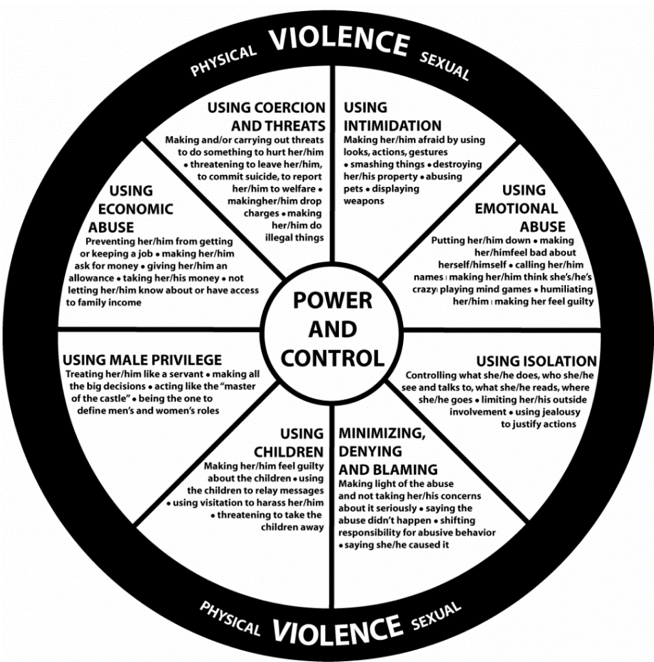From UPSC perspective, the following things are important :
Prelims level: National Family Health Survey 5
Mains level: domestic violence

Central idea
The article talks about how women facing domestic violence in India struggle to get justice due to biases in the legal system. It mentions challenges like police not taking complaints seriously and judges making unfair comments. To make things better, it suggests that judges should be fair, and the media should report responsibly to help women get the justice they deserve.
Key Highlights:
- Systemic Flaws in Legal Process: The study of 4 lakh FIRs in Haryana exposes inherent biases against women, revealing flaws from the filing of complaints to the conviction process.
- NGO’s Testimony on Domestic Violence: Majlis, an NGO in Mumbai, provides a firsthand account of the grave domestic violence faced by women, spanning physical, economic, verbal, emotional, and sexual abuse.
- Alarming Crime Rates: India witnesses rising crimes against women, with 21 daily dowry-related deaths and 4 lakh cases under Section 498A of the IPC in 2019, emphasizing the urgent need for systemic change.
Challenges:
- Reluctance to File FIRs: Police reluctance persists despite legal provisions, steering victims towards counseling instead of criminal complaints, hindering justice for domestic violence victims.
- Patriarchal Mindset Impact: The police’s apathy is rooted in a patriarchal mindset, exacerbated by demeaning comments from the judiciary, contributing to the perception that women misuse legal provisions.
- Impact on Victim Hope: Women turned away by police often lose hope, leading to dire consequences, such as suicide or murder, highlighting the severity of the challenges in obtaining justice.
Analysis:
- Stereotype Reinforcement: Demeaning comments, accusing women of misusing Section 498A, perpetuate stereotypes and contribute to the reluctance of police in handling domestic violence cases.
- Judiciary’s Role in Victim Perception: Judicial comments play a significant role in shaping public perception, impacting the willingness of women to seek justice for domestic violence.
- Need for Judicial Sensitivity: Recognizing the need for sensitivity in judicial language and approach to avoid further victimization of women seeking legal recourse.
Key Data for mains value addition:
- Dowry-Related Deaths: NCRB reports highlight disturbing statistics, indicating 21 daily dowry-related deaths and 4 lakh cases under Section 498A in 2019, underscoring the urgency for intervention.
- Prevalence of Domestic Violence: National Family Health Survey 5 (2019-20) data reveals that 30% of women (over 20 crore) experience physical violence, emphasizing the widespread nature of the issue.
- Need for Data-Driven Interventions: Utilizing crime statistics to inform targeted interventions and policy measures is crucial for addressing the increasing rates of crimes against women.
Way Forward:
- Sensitization Programs: Implementing sensitization programs to eliminate the patriarchal mindset within the police force, fostering a more empathetic and proactive approach.
- Legal Procedure Adherence: Ensuring strict adherence to legal procedures in handling domestic violence cases to prevent police reluctance and promote efficient and unbiased investigations.
- Continuous Training: Continuous training programs for law enforcement officers to enhance their understanding of the complexities surrounding domestic violence cases.
- Unbiased Judgment Enforcement: Establishing mechanisms to hold the judiciary accountable for unbiased judgments, discouraging sweeping generalizations and ensuring fair treatment of domestic violence cases.
- Judicial Education Initiatives: Advocating for ongoing judicial education on domestic violence issues to keep judges informed and sensitive to the unique challenges faced by victims.
Conclusion:
The multifaceted challenges women face in obtaining justice for domestic violence necessitate a holistic approach involving legal reforms, sensitization programs for law enforcement, and responsible media reporting. Addressing systemic biases, legal loopholes, and societal perceptions is essential for meaningful change and ensuring justice for victims of domestic violence.
Get an IAS/IPS ranker as your 1: 1 personal mentor for UPSC 2024
